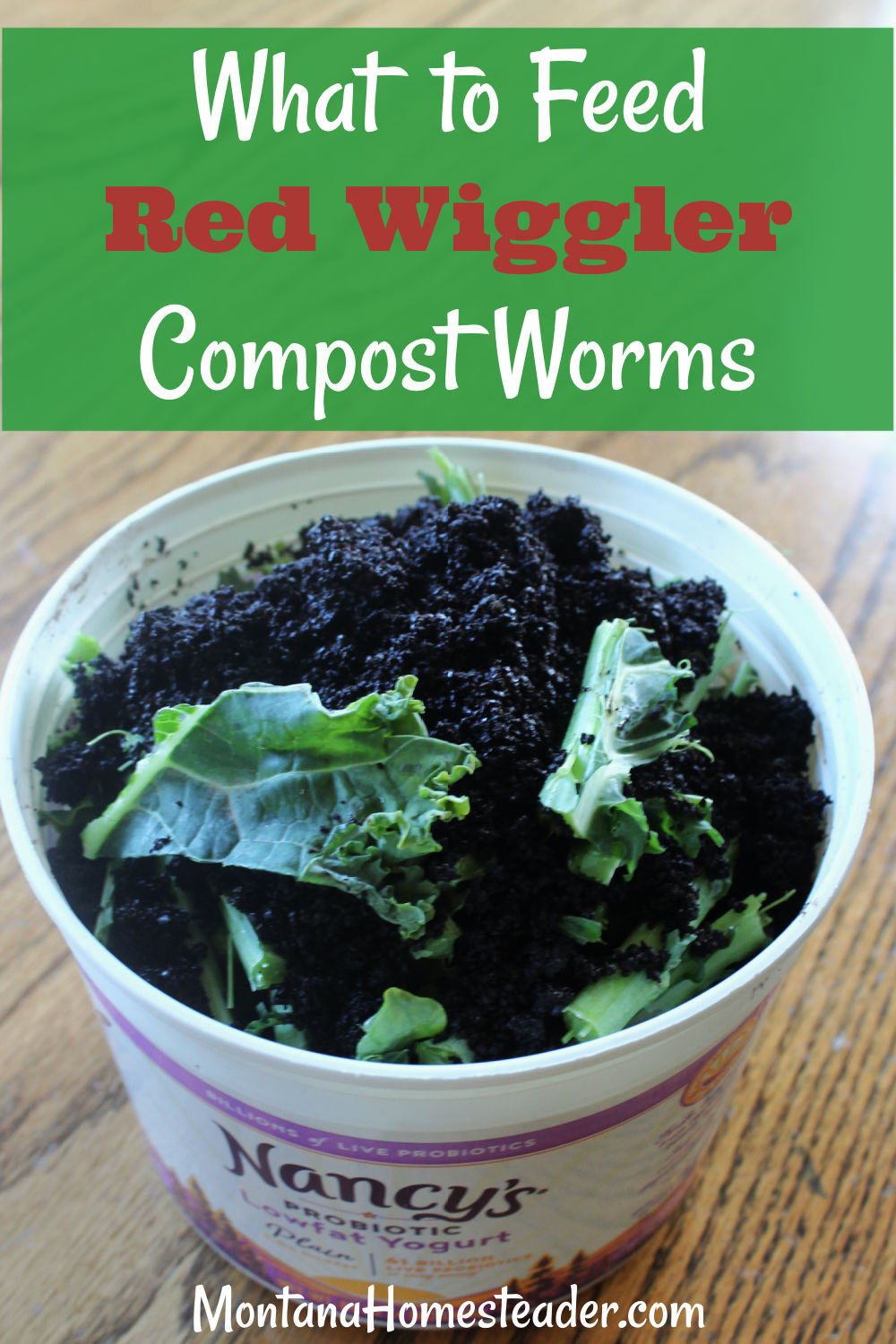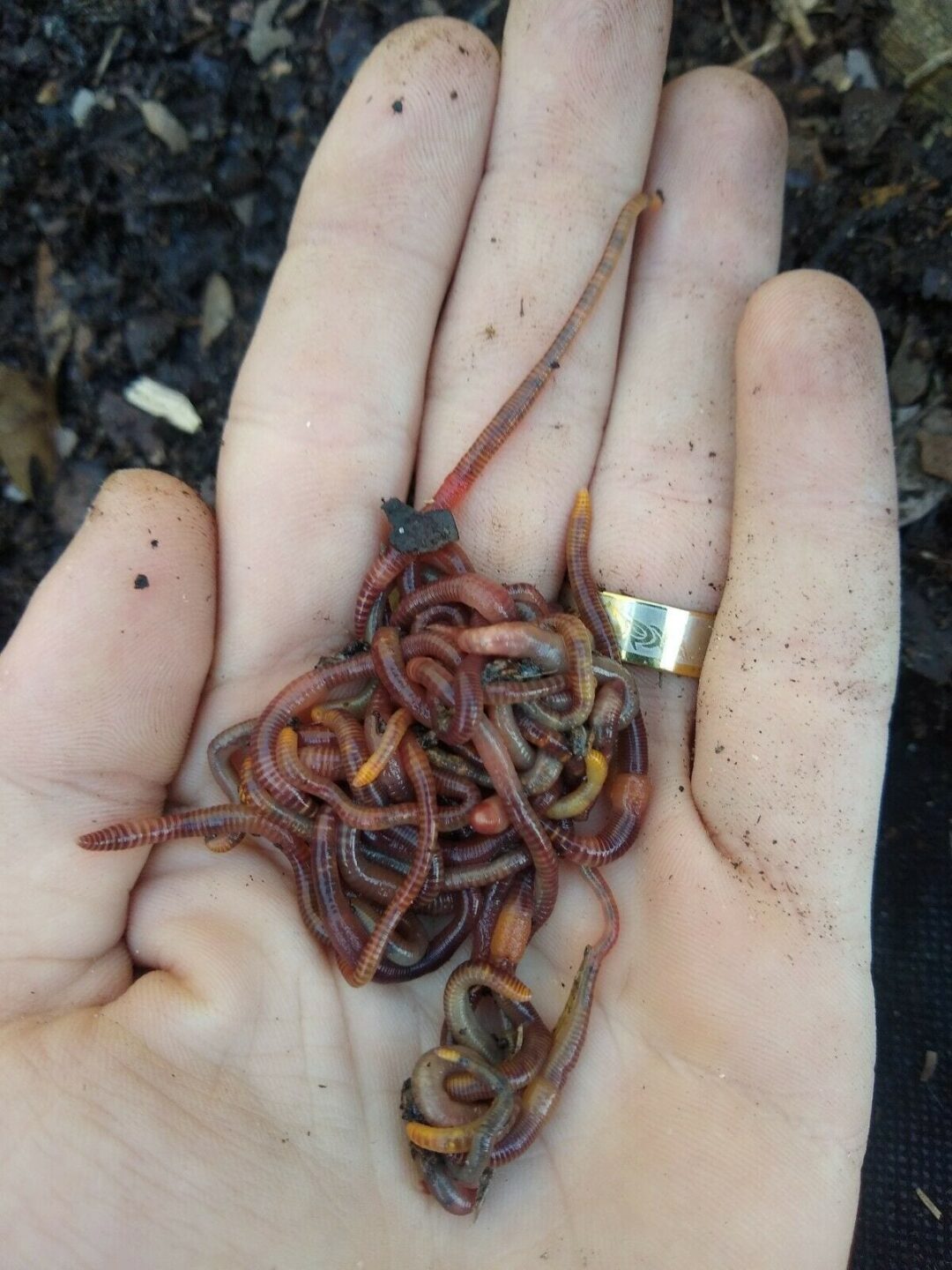Red Wigglers: The Unsung Heroes of Organic Waste Recycling
Red wigglers, or Eisenia fetida, offer as critical representatives in the organic waste reusing process, transforming thrown out products into valuable vermicompost. As the world significantly looks for options to fight waste accumulation and enhance agricultural performance, recognizing the function of these worms comes to be important.
What Are Red Wigglers?
The exceptional strength of red wigglers, clinically known as Eisenia fetida, emphasizes their critical role in organic waste recycling. These little, reddish-brown earthworms are commonly found in decomposing organic issue, such as compost piles and manure lots. Lake Hickory Bait. Unlike various other earthworm types, red wigglers thrive in nutrient-rich settings and are extremely effective at damaging down natural materials, making them crucial for vermicomposting

(Red Wiggler Express)Along with their function in waste reduction, red wigglers add to soil health by enhancing soil framework and oygenation with their burrowing activities (Lake Hickory Bait). Their existence in composting systems not just enhances decay prices but additionally promotes a lasting technique to lose administration, highlighting their value in eco-friendly conservation initiatives
Benefits of Composting With Worms
Composting with worms, specifically red wigglers, provides countless advantages that enhance both waste monitoring and soil health and wellness. Initially, these worms successfully break down natural waste, transforming it into nutrient-rich vermicompost that enhances dirt. This procedure speeds up decay, enabling a much faster recycling of kitchen scraps and various other organic products compared to conventional composting methods.
Furthermore, the vermicompost created by red wigglers is bursting with valuable microorganisms, which help improve soil structure, aeration, and wetness retention. This improves the overall health of plants, promoting energetic growth and boosted returns in yards and farming setups. The usage of worms in composting decreases the production of greenhouse gases, such as methane, contributing to a much more sustainable waste management system.

How to Start Vermicomposting
Developing a vermicomposting system is a straightforward procedure that can produce significant advantages for both waste management and dirt enrichment. To begin, pick an ideal container, such as a plastic container or wooden box, with sufficient air flow holes to guarantee proper air flow. The measurements must preferably be about 2 feet by 3 feet, permitting ample room for the worms to grow.
Following, prepare bedding material, which can contain shredded paper, cardboard, or coconut coir. This bedding needs to be dampened to develop an appropriate environment for the worms. Once the bed linens is in location, present red wigglers (Eisenia fetida) into the bin, normally around one extra pound of worms for every square foot of surface.
Adhering to the positioning of worms, add organic waste, such as fruit and veggie scraps, coffee premises, and smashed eggshells. Avoid including dairy products, meat, or oils, as these can produce smells and attract pests. Finally, position the container in a shaded, temperature-controlled area to preserve optimum conditions for worm task. With these actions, you will find out here now efficiently start a vermicomposting system that adds to lasting waste administration and improves your soil.
Maintaining a Healthy Worm Bin
(Red Wiggler Express)Maintaining a worm container growing requires routine interest and care to ensure the health of the red wigglers and the efficiency of the composting process. Correct maintenance starts with keeping track of the moisture levels; the bin ought to be damp yet not soaked. A great guideline is to maintain a consistency similar to a wrung-out sponge.
Gently mixing the bed linens and food scraps every couple of weeks avoids compaction and makes certain that all worms have accessibility to oxygen. Furthermore, it is vital to feed the worms appropriately.
If the bin comes to be as well warm or chilly, the worms might come to be worried. By faithfully managing these factors, one can preserve a durable and productive worm container.
Effect On Lasting Living
The effective maintenance of a worm container not only profits the health and wellness of red wigglers but likewise adds substantially to sustainable living practices. By reusing organic waste, such as cooking area scraps and yard debris, red wigglers assist draw away considerable quantities of product from garbage dumps. This decrease in waste not just reduces greenhouse gas emissions but additionally reduces the environmental burden connected with waste monitoring.
Furthermore, the castings generated by red wigglers offer as a nutrient-rich natural plant food, boosting soil health and advertising plant growth. This natural choice to chemical plant foods supports sustainable farming and horticulture techniques, decreasing reliance on synthetic inputs that can harm environments. Furthermore, worm composting fosters awareness of waste administration, urging people and communities to embrace even more lasting habits.

Final Thought
In recap, red wigglers offer as crucial contributors to natural waste reusing with their effective disintegration of natural materials. By integrating vermicomposting right into waste monitoring techniques, people and communities can significantly minimize waste while promoting ecological sustainability.